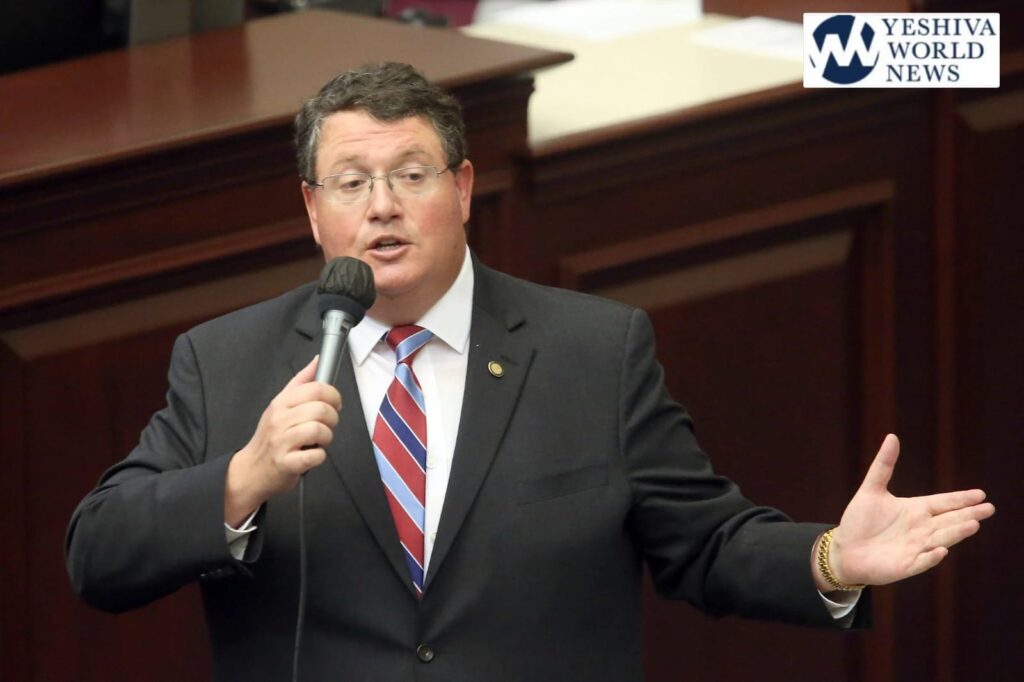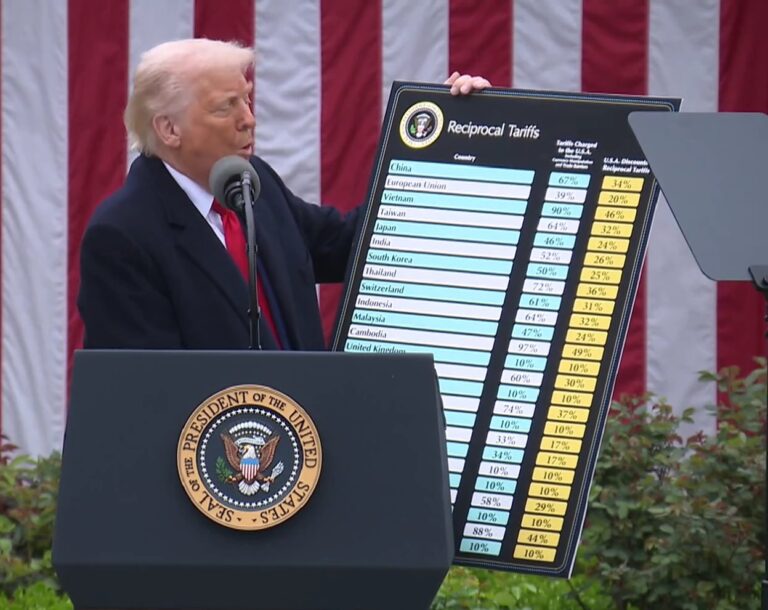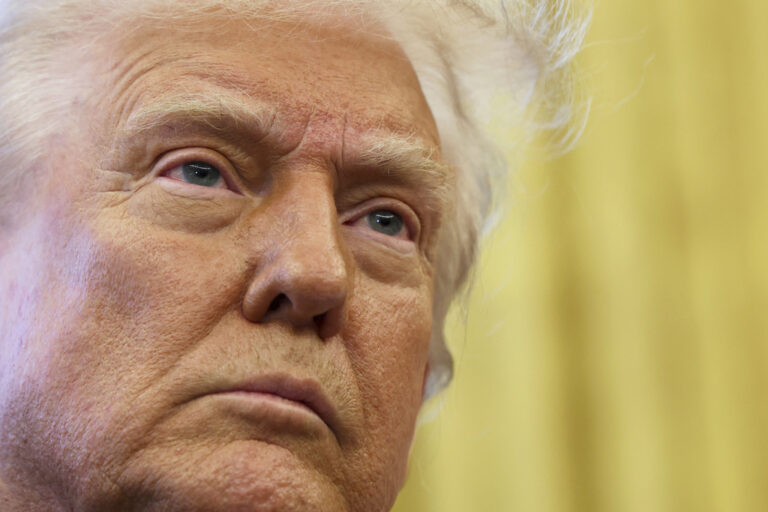Voters in Florida and Wisconsin went to the polls on Tuesday in a series of high-stakes special elections that offered the first significant electoral gauge of President Donald Trump’s second term, just over two months after his inauguration.
The outcomes—a pair of Republican victories in Florida’s deep-red congressional districts and a Democratic win in Wisconsin’s Supreme Court race—provided a mixed bag of results, reflecting both the enduring strength of GOP strongholds and the challenges facing Republicans in battleground states.
In Florida, two special elections to replace former Republican Representatives Matt Gaetz and Michael Waltz concluded with GOP wins, bolstering the party’s razor-thin majority in the U.S. House of Representatives. In the 1st Congressional District, Florida Chief Financial Officer Jimmy Patronis defeated Democrat Gay Valimont, while in the 6th District, State Senator Randy Fine prevailed over Democrat Josh Weil. The victories push the Republican House count to 220 seats against Democrats’ 213, with two additional vacancies still pending.
The 1st District, encompassing the western Panhandle and a reliably conservative region anchored by military bases like Naval Air Station Pensacola, saw Patronis secure a solid win. Trump had carried the district by 37 points in the 2024 presidential election, and Patronis, bolstered by the president’s endorsement and a tele-town hall last week, maintained a strong lead despite Valimont’s impressive fundraising haul of $6.4 million. Patronis raised just over $1.1 million but leaned on the district’s GOP leanings and Trump’s vocal support, where the president praised him as a “wonderful friend to me, and to MAGA.”
The 6th District race, however, proved more contentious. Spanning Daytona Beach and other parts of north-central Florida, the district had backed Trump by 30 points in November. Yet, Fine’s victory over Weil was narrower than expected, raising eyebrows among Republican strategists.
Weil, a public school teacher, outraised Fine by a staggering margin—$10 million to Fine’s less than $1 million, supplemented by a last-minute $400,000 personal loan from the candidate himself. Democrats poured resources into the race, hoping to capitalize on grassroots enthusiasm and dissatisfaction with Trump’s early moves, such as proposed federal workforce cuts. While Fine ultimately won, the tighter-than-anticipated result prompted some GOP leaders, including Governor Ron DeSantis, to downplay it as a candidate-specific issue rather than a broader referendum on Trump.
“These are still red districts, and we held them,” said a senior House Republican aide. “But the margins suggest Democrats are finding some energy they didn’t have in November. We’ll need to watch that.”
Polls closed at 7 p.m. ET in the 6th District and 8 p.m. ET in the 1st, with results certified by the Associated Press showing both Republican candidates underperforming Trump’s 2024 numbers in their respective counties.
Democrats, while falling short, expressed optimism. House Minority Leader Hakeem Jeffries, who made small contributions to both Valimont and Weil, had predicted significant overperformance, a forecast that partially materialized.
Across the Midwest, Wisconsin’s Supreme Court race stole the national spotlight, shattering records as the most expensive judicial contest in U.S. history with over $90 million in spending. The election pitted liberal Dane County Judge Susan Crawford against conservative Waukesha County Judge Brad Schimel, a former state attorney general backed by Trump and billionaire Elon Musk. Crawford’s victory, projected by NBC News late Tuesday, preserved the court’s 4-3 liberal majority, a critical outcome in a swing state where the judiciary is poised to rule on contentious issues like abortion rights, redistricting, and labor laws.
The race, triggered by the retirement of liberal Justice Ann Walsh Bradley, became a proxy war for national political forces. Musk, a key Trump ally, poured an estimated $20 million into boosting Schimel through his America PAC and other channels, including a controversial stunt where he handed out $1 million checks to two Wisconsin voters at a weekend rally.
Democrats countered with heavy investments from progressive groups like A Better Wisconsin Together, which spent $8.4 million, framing Musk as a meddling outsider. Crawford leaned into this narrative, arguing in debates that Musk had “basically taken over” Schimel’s campaign.
Turnout was robust, surpassing early voting numbers from the state’s 2023 Supreme Court race, with over 453,000 ballots cast before Election Day. Polls closed at 9 p.m. ET, and final tabulations stretched into early Wednesday, with Crawford emerging victorious.
Senate Minority Leader Chuck Schumer hailed the win as a “decisive message” to Trump and Musk, while former vice presidential nominee Tim Walz called it a rebuke of the billionaire’s influence.
The court’s liberal majority, secured only since 2023, now faces a docket that could reshape Wisconsin’s political landscape. Pending cases include a challenge to an 1849 law interpreted as banning nearly all abortions and a review of GOP-drawn congressional maps that have long favored Republicans despite tight statewide margins.
Tuesday’s elections underscored the divergent dynamics at play in 2025’s political landscape. In Florida, the GOP’s structural advantages—higher Republican voter registration and a loyal base—held firm, even as Democratic fundraising hinted at untapped potential. In Wisconsin, a battleground where Trump eked out a 0.86-point win in 2024, the GOP struggled to mobilize its voters, a recurring challenge outside of presidential cycles.
For Trump, the results offer both relief and caution. The Florida wins provide House Speaker Mike Johnson with a slightly wider margin to advance the president’s agenda, which faces hurdles after a failed vote earlier Tuesday on a proxy voting rule change. Yet, the Wisconsin loss signals that his influence—and Musk’s—may not translate seamlessly to state-level contests, particularly in competitive regions.
Democrats, meanwhile, see glimmers of hope. “We’re overperforming, winning races, and building momentum,” said DNC Chair Ken Martin, pointing to recent upsets in Iowa and Pennsylvania state legislative races. With eyes on Virginia, Pennsylvania, and New Jersey elections later this year, the party hopes to channel this energy into the 2026 midterms.
(YWN World Headquarters – NYC)












2 Responses
“Mixed”????
MAGA/Republicans did poorly. If the decline in support in Florida was repeated nationally, the Democrats would be in control of Congress with only the most Red districts staying Republican. In Wisconsin, the Democrats had a solid win in a state that had voted for Trump. The message to Trump is that his policies are turning him into a “loser” – whether he’ll be clever enough to realize this is questionable (which is bad news for us, since a WOKE/Democrat takeover of the government will be very bad for us).
While you talk of Musk, Musk, Musk, do not forget that these liberal candidates are mostly funded by out of state groups. Most of Crawfords millions were from out of state, largely by a Soro’s PAC and some others.